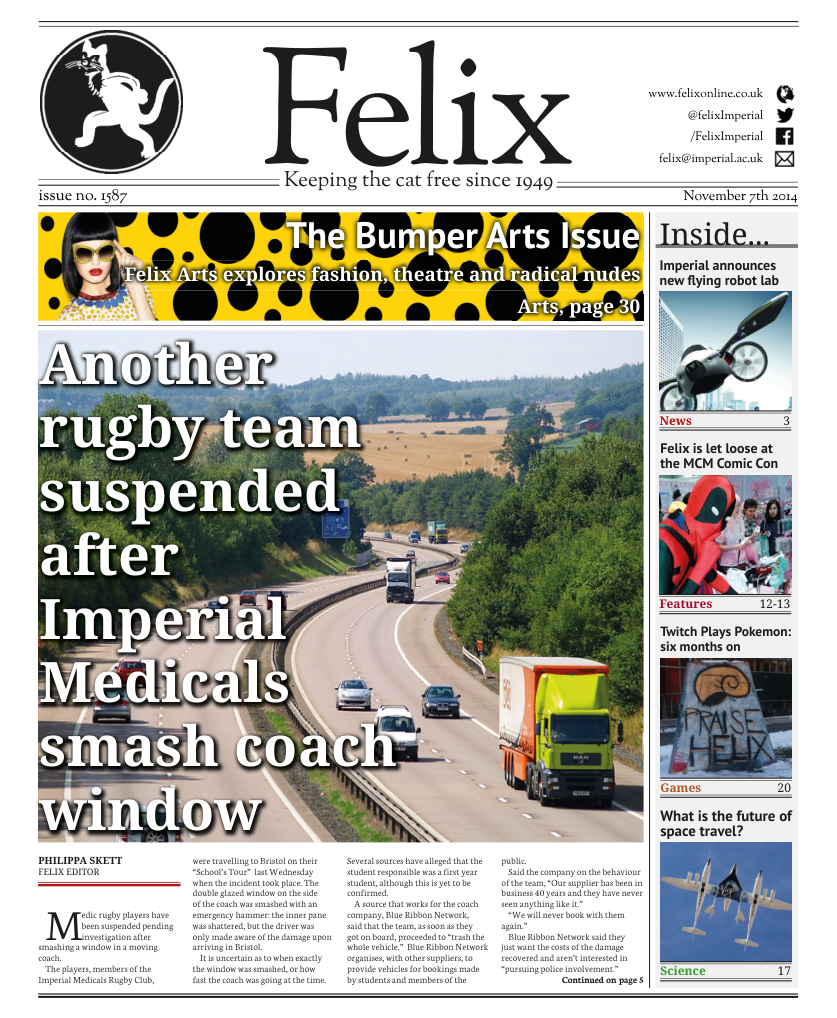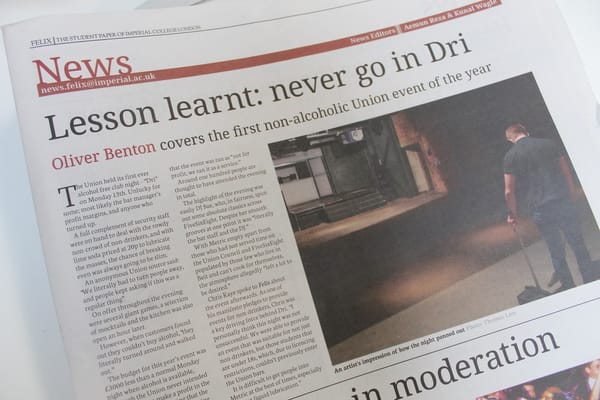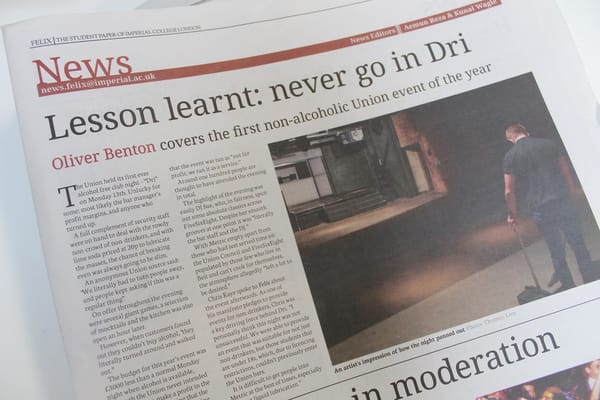Is Formula 1 on a track to disaster and uncompetitiveness?
People drive cars repeatedly in circles; Henry Lambley investigates

Formula 1 touched down in Austin, Texas, on Sunday for the 17th race of the season at the Circuit of the Americas. The race was saturated with on-track action with wheel to wheel racing and daring overtakes commonplace. The final result had Lewis Hamilton atop the podium for Mercedes followed in by his team mate Nico Rosberg and Red Bull Renault’s Daniel Ricciardo. One noticeable difference to previous races this season was the reduced line up of just 18 cars as opposed to the normal 22. Backmarkers Caterham and Marussia were not present at the Grand Prix after both teams fell into administration during the two week break after Sochi. While their absence did not have a large impact on the outcome of the race or the excitement of the spectacle, it has served to highlight the extremely expensive nature of the sport and the fine financial margins that teams, especially the smaller ones, work to.
Sunday’s field of cars was the smallest seen at a Grand Prix since Monaco in 2005 when the British American Racing team (were serving a ban for infringing the regulations. All three of the new teams introduced to the sport in 2010 have since disappeared from the grid with HRT having been unable to find a buyer at the end of the 2012 season. The potential for an even smaller grid of cars is a realistic possibility as other teams have been struggling with finance during this year – most notably Sauber Ferrari and Sahara Force India.
The sport cannot afford to lose teams in the way it has in recent years. It damages the level of competition and will dent the attendances at races accordingly. Smaller teams also provide a stepping stone into the sport and often find the greatest talent. For example, 2007 World Champion and Ferrari driver Kimi Räikkönen started his career at Sauber. Another issue is the contracts in place for the races which state that Formula 1 will provide a minimum of 16 cars for each event. This means that if the problems are not resolved, some teams may be obliged to run a third car, once again narrowing the competition.
The underlying problem is that the amount of money received by the smaller teams from Bernie Ecclestone’s Formula One Management company is significantly less than the amount required to run a competitive team. The sum of money that each team receives every year is dictated by their finishing position in the constructors’ championship of the previous year. The amount of money given to each team is not disclosed to the public but it is believed that Marussia received around £9million for this year whilst Caterham, for finishing 10th, received about double that. This is in comparison to the estimated £75million required to fund a midfield team.
Some of the disparity between these values can be made up through sponsorship deals and private investment but a team at the back of the grid will rarely attract big sponsors.
The distribution of money is also very uneven. For finishing third in the championship in 2013, Ferrari are believed to have been paid £125million with almost half of that being paid just for turning up on the grid. The difference in net income between teams means that it is almost impossible for the smaller teams to out-develop the larger teams and hence overtake them in the world championship. To compound this, only the largest teams sit on the board that decides on team spending with the likes of Ferrari and Mercedes vetoing proposed cost caps within the sport.
Formula 1 is suffering from a managerial crisis that is preventing the smaller teams from having their voices heard whilst the largest teams use their power to maintain the unfair nature of spending in the sport to benefit their title chances. Undoubtedly Formula 1 is too expensive for teams to survive on the little money that they are given.
Unless this problem is resolved, the grid risks losing even more teams and becoming even more of a procession.









